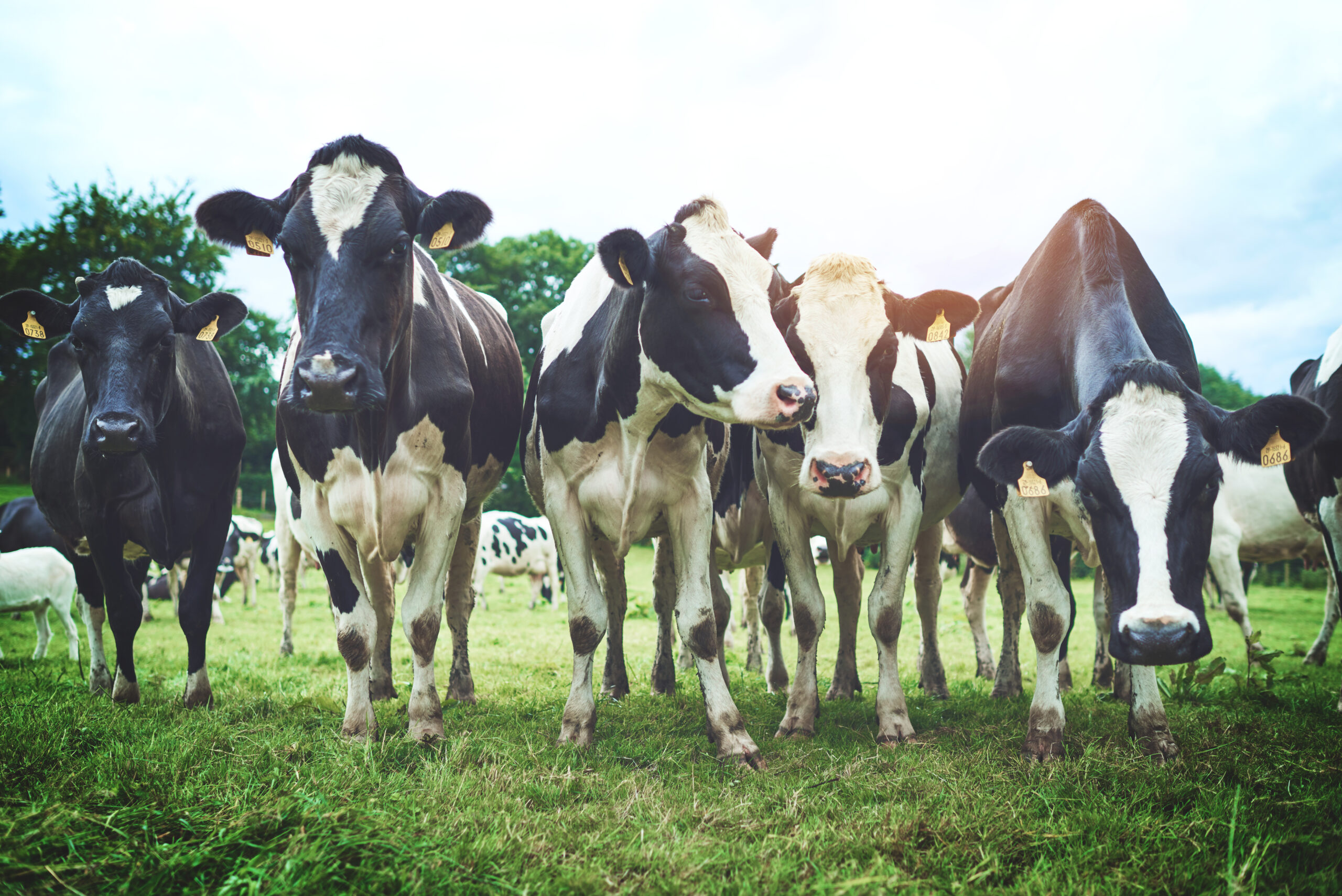Corona, California-based agtech company, Grow Pod Solutions, provides food companies with scalable, transportable and automated indoor farms for growing fresh produce all year round. In addition, these grow pods utilize 80 percent less fertilizer, 90 percent less water, eliminate the need for pesticides and produce up to eight crop cycles per year.
Originally developed for the cannabis industry, Grow Pod Solutions have expanded their services to provide next generation automated farms. The company’s vertical hydroponic farms allow food companies to grow their produce products virtually anywhere. These indoor farms are encased in a lockable steel container that is temperature controlled so that produce can grow in the right environment throughout the year. Food companies can easily monitor their grow pods by checking their grow pod apps that provide real-time information on all components of the farm including air, water, humidity, nutrients and plant growth. In addition, food companies and grocers can maximize their produce production by easily stacking the grow pods vertically to save space.
“Our advanced automated cultivation systems represent the latest in thought leadership in the agtech industry,” said George Natzic, President of Grow Pod Solutions in a release. “Our automated farms can produce a wide variety of food and cash crops; they are inexpensive to operate; and generate rapid, robust harvests.”
This innovative produce growing solution allows food companies to save on transportation costs. Considering the fact that produce travels an average of 1500 miles to get to a consumer’s plate, both consumers and food companies would appreciate freshly plucked produce. In addition, grocers would no longer need to be subjected to the schedules of produce transporters as they can easily replenish their supply from grow pods near the facility. Moreover, the purified environments inside grow pods eliminate the need for pesticides or chemical processes, which makes it easier and cheaper for food companies to grow their own organic produce.
“Grow Pod’s unique automation allows us to deliver to the plant exactly what it needs to grow to its fullest potential,” said Natzic.
Grow Pods are not the first automated indoor farms to be introduced for food companies and grocers. In the spring, a Whole Foods grocery store in Bridgewater, N.J. launched an indoor mushroom farm display in their produce aisle. However, the farm, created by New York-based company Smallhold, grows only mushrooms and is not as scalable as grow pods. Toronto-based Living Earth Farm is also a vertical indoor farm that provides fresh, local produce but they only provide their produce for purchase rather than the growth chamber itself. Modular Farms Co. provides an indoor farm that is quite similar to Grow Pod’s but their indoor farm design only allows horizontal expansion rather than space-saving vertical expansion.
Investing in indoor farms might attract more consumers to stores as they are known to appreciate freshness. In addition, grocers can market these products as organic if they decide not use any chemicals or pesticides on them (which are not needed with the system anyway). Saving on transportation also reduces the carbon footprint of participating food companies which is also a quality that eco-friendly consumers look for.
If more companies start to invest in their own indoor farming solutions, it is likely that indoor farming will become the future of fresh produce cultivation.
“Our next generation systems are the most advanced indoor farms in the world,” Natzic said. “These systems can revolutionize the entire food and agriculture industries.”












Join or login to leave a comment
JOIN LOGIN